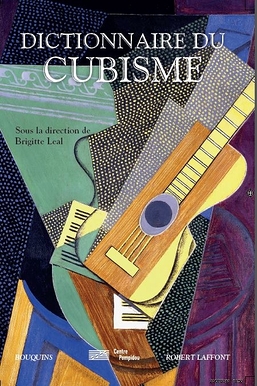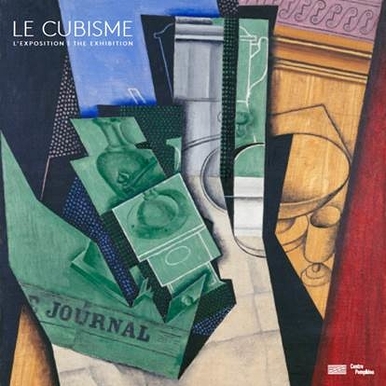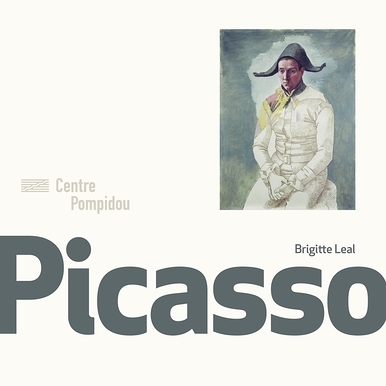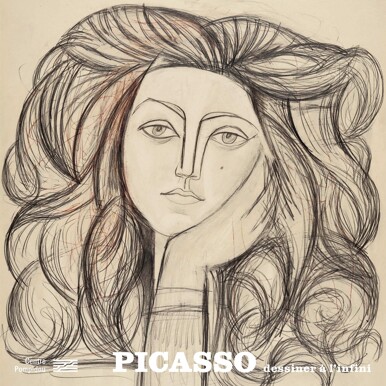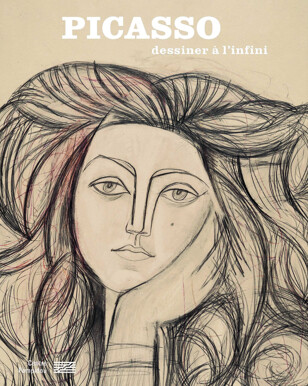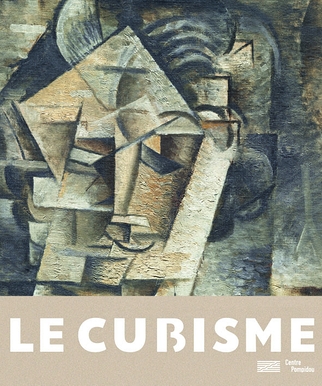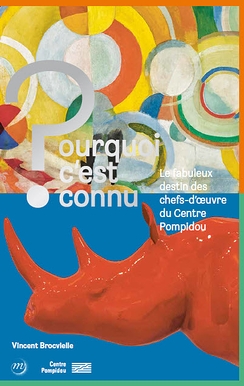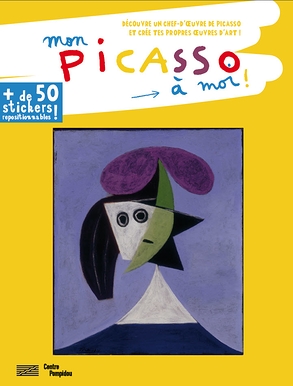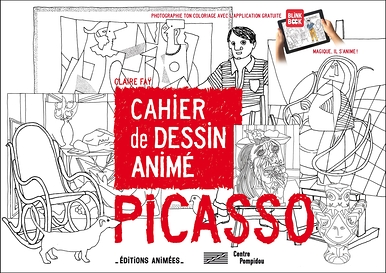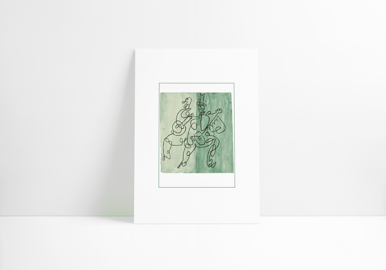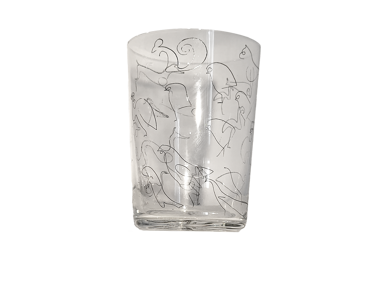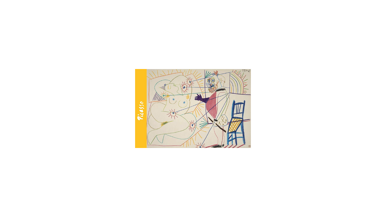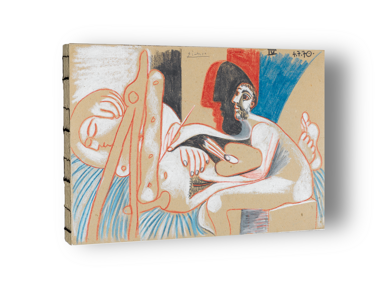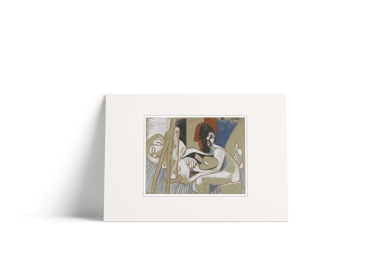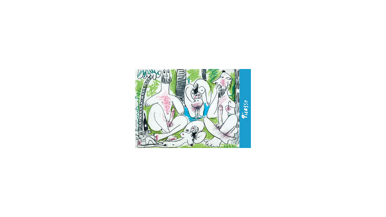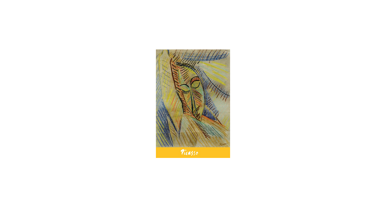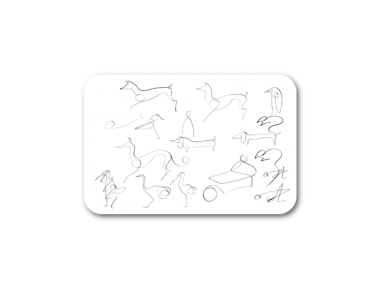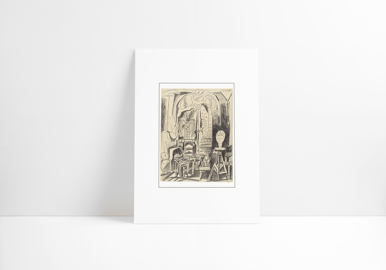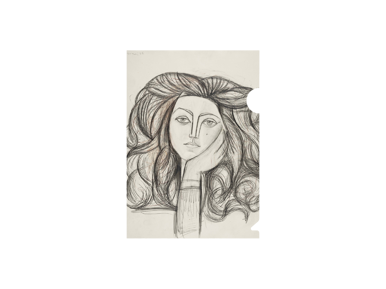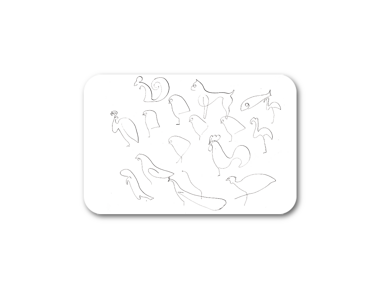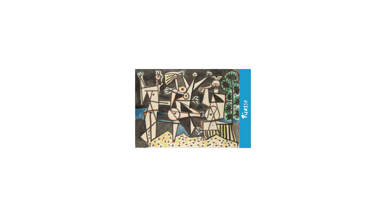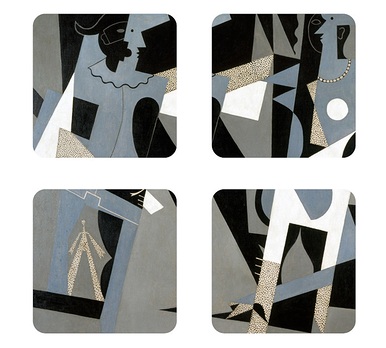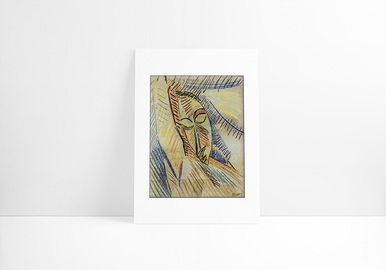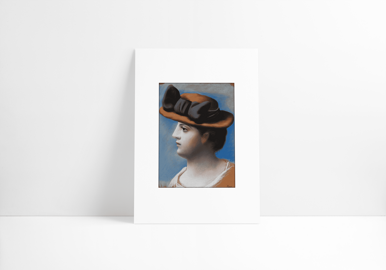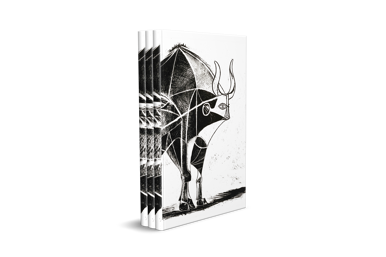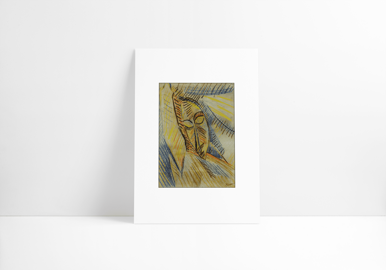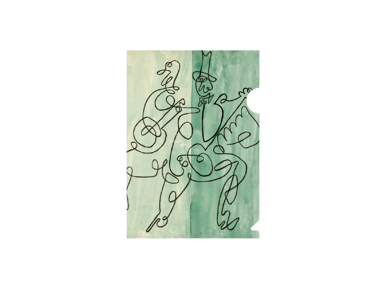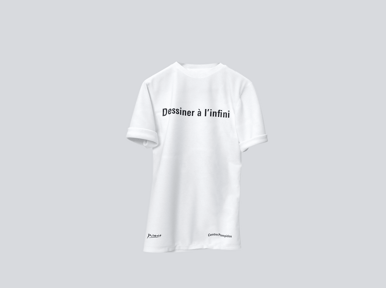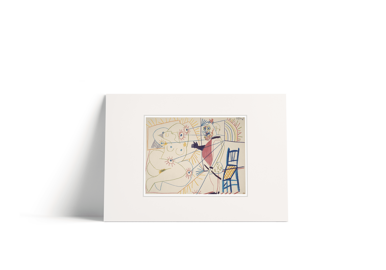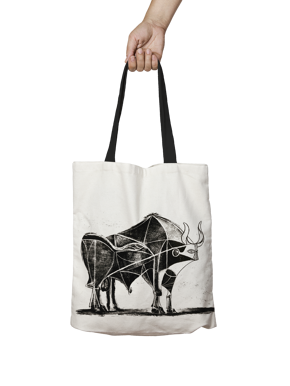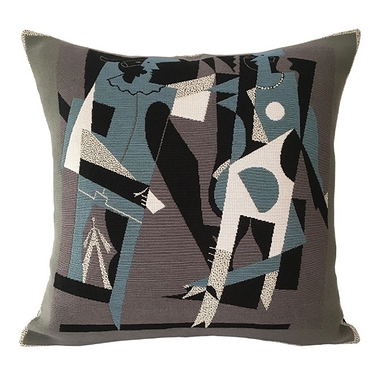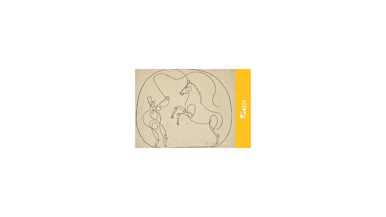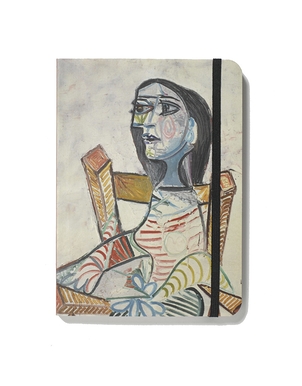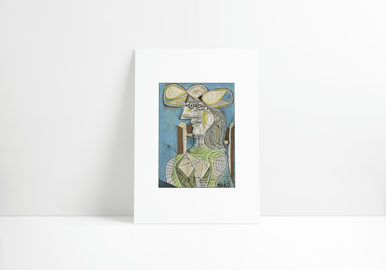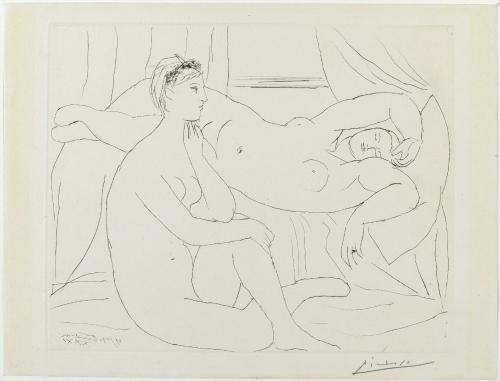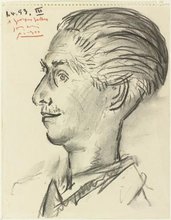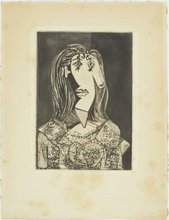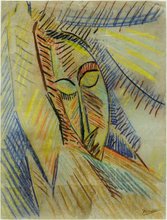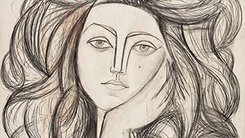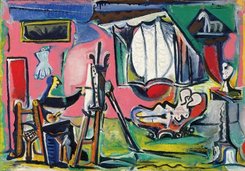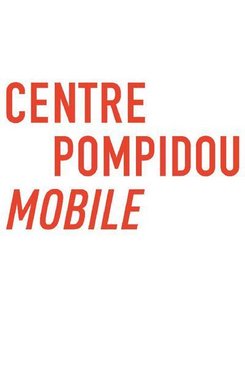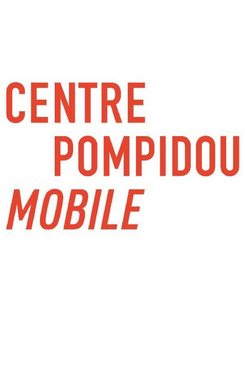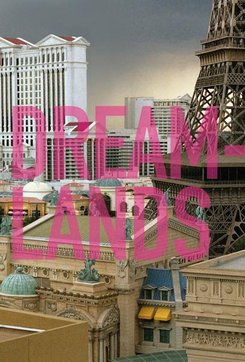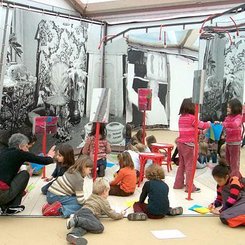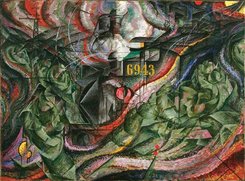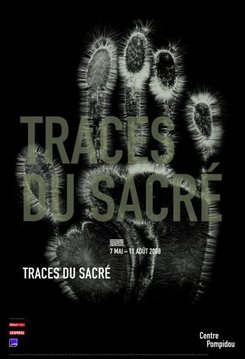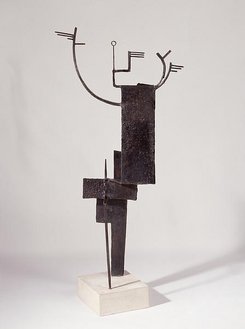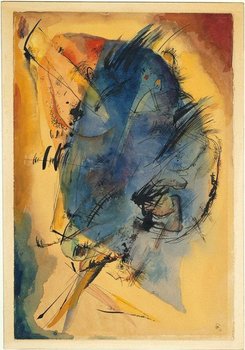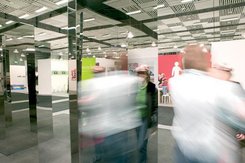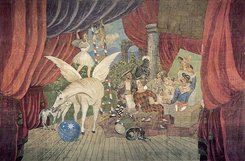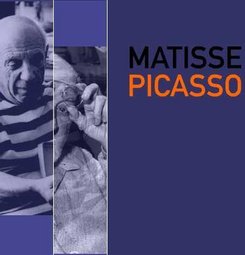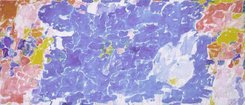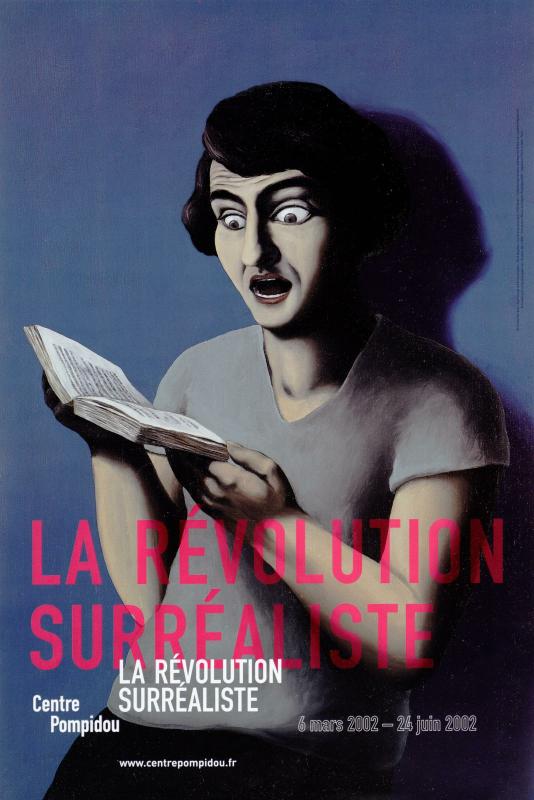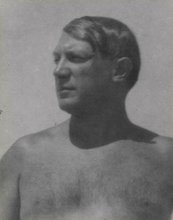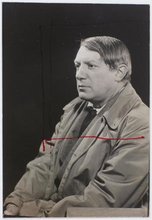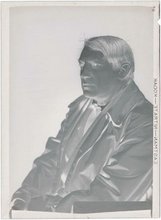Artist/personality
Pablo Picasso
Peintre, Sculpteur

Pablo Picasso
Peintre, Sculpteur
Nationalité espagnole
Birth: 1881, Málaga (Espagne)
Death: 1973, Mougins (Alpes-Maritimes, France)
© Succession Picasso
Biography
Pablo Picasso’s artistic career is one of the richest in the history of art of the 20th century. In turn child prodigy, struggling painter, cosmopolitan artist, sculptor, engraver and ceramicist, he took part in nearly all the major movements and trends that contributed to redefining artistic practices. Just like the many twists and turns in his personal life, his artistic career was made up of phases, all interspersed with uncertainty and crises that he eventually overcame, driving him to constantly innovate.
Born in Málaga in 1881, Pablo Ruiz Picasso grew up in Barcelona, where his father had been appointed a professor at the School of Fine Arts. He became his student at the age of 14 and followed him two years later to Madrid’s Royal Academy. After this period of classical studies, he discovered bohemian life in Barcelona: the city’s cabarets and brothels inspired one of his most famous paintings, Les Demoiselles d’Avignon (The Young Ladies of Avignon, 1907). In 1901, the suicide of painter Carlos Casagemas marked him profoundly and it was in representing his dead friend that he discovered the emotional potential of paintings in shades of blue (Jeanne, 1901).
In 1904, he moved to France definitively, living in a dilapidated studio in Montmartre, the "Bateau-Lavoir". There, Picasso met model Fernande Olivier in 1905. The couple frequented artists and poets: writers Max Jacob and Guillaume Apollinaire, his first gallerists Berthe Weil, Wilhem Uhde and Daniel-Henri Kahnweiler, and collector Gertrude Stein. This happy time marked the beginning of Picasso’s Rose Period, with paintings of harlequins in soft colours.
In 1907, he was preparing the large composition of Les Demoiselles d’Avignon in Paris when he discovered Paul Cézanne’s retrospective at the Salon d’Automne (Buste de Femme [Bust of a Woman], 1907). He shared this interest with Georges Braque. Together, they devoted themselves to developing cubism (Femme assise dans un fauteuil [Woman Sitting in an Armchair], 1911). But the declaration of World War I put an end to their collaboration. Braque enlisted and Picasso stayed by himself in Paris, still practically unknown.
In 1917, he was contacted by the Ballets Russes to work on the costumes and sets for their next show, Parade. Upon leaving for Italy to join the troop, he met dancer Olga Khokhlova, who he married the following year. Their son Paul was born in 1921. During this period of emotional respite and prosperity, Picasso practised a "return to order" going back to a form of classical art as with La Liseuse (The Reader, 1920).
But, from 1925 onwards, his work became unleashed once again, with closer ties to Surrealist art. Picasso identified with the Minotaur, which became a recurrent figure until the end of his life (Minotaure, 1928). He returned to his search for new forms and increasingly devoted himself to sculpture. His new lover and model Marie-Thérèse Walter (Femme aux pigeons [Woman with Pigeons], 1930) with whom he had a daughter, Maya (born in 1935), appeared in a series of works in the 1930s.
In 1936, he met photographer Dora Maar (Dora Maar photographed by Picasso). She accompanied him in the Grands Augustins studio when he was painting the huge Guernica, named for the small Basque town bombed on 26 April 1937 by Nazi Germany and Fascist Italy by order of the Spanish Nationalists. Exhibited one month later at the Spanish Republican pavilion of the Paris International Exhibition, the work brought him closer to the Communist Party, of which he became a member.
At the end of the 1940s, he moved to Vallauris in Provence, where he began a new career as a ceramicist (Vase aux danseuses [Vase with Dancers], 24 June 1950). Françoise Gilot, a young artist and painter that Picasso met in 1943, became his lover and the mother of his children Claude and Paloma. He started new series of paintings, sculptures, terra cotta and other objects. He successively moved to Villa La Californie in Cannes, Château de Vauvenargues at the foot of Montagne Sainte-Victoire, and Mas Notre-Dame-de-Vie in Mougins. Picasso returned to classical painting subjects (Le Peintre et son modèle [Artist and his Model], 4 July 1970). He spent the last years of his life with Jacqueline Roque. He died in 1973 and was buried at Château de Vauvenargues.
Medias
Events
In the store
